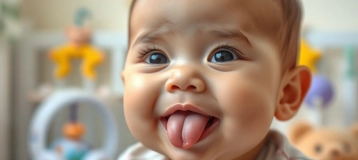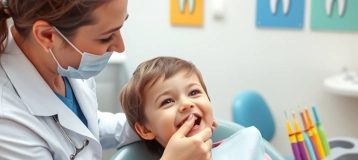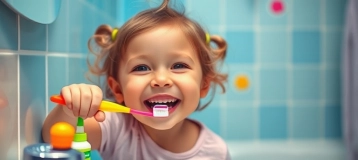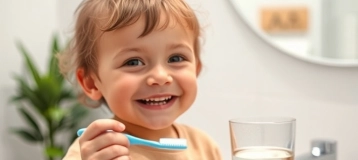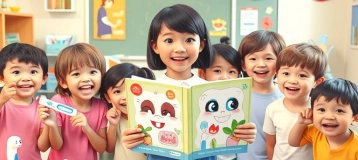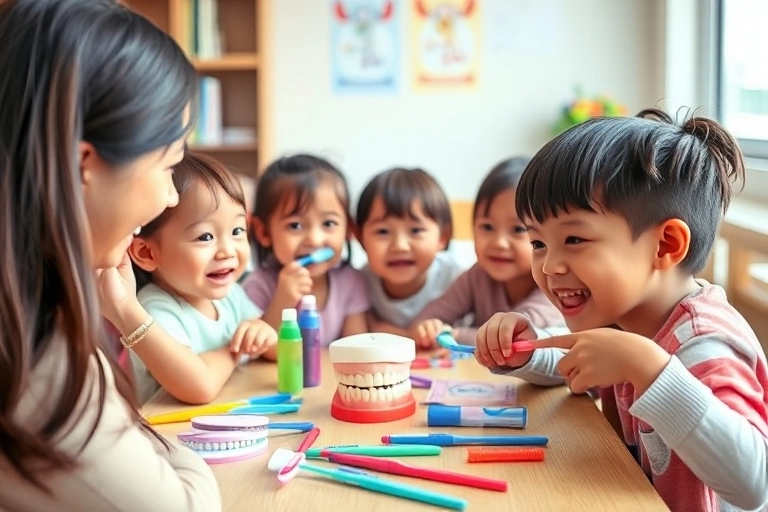
Encouraging good oral hygiene can be a challenge for parents, regardless of a child's age. The key is to make dental care a fun and engaging activity rather than a chore. Since children learn best through play, these creative suggestions can help spark their interest in maintaining a healthy smile.
For toddlers and preschoolers, the goal is to make brushing a game. One way to do this is with "Animal Fun." Ask your child to roar like a lion, baring their teeth, which not only makes brushing more exciting but also helps you reach their back teeth. If they're resistant to your help, give them a stuffed animal and a spare toothbrush so they can "brush" their toy's teeth alongside you. Another idea is "Mr. Toothbrush to the Rescue!" Give the toothbrush a name and make it a superhero fighting off "plaque germs" and saving their teeth from cavities. The main goal at this age is to establish a positive habit.
For older preschoolers, you can introduce crafts and activities that help them understand the purpose of dental care. "Lego flossing" is a great way to demonstrate the importance of flossing. Use two large Lego blocks as "teeth" and put playdough "plaque" in the prongs. Then, use yarn to show how floss removes the debris. This helps them understand what you're doing when you floss their teeth. You can also try "Eraser brushing" by drawing a smile with teeth on paper and putting "spots" on the teeth with erasable crayon. Your child can then use an eraser to "brush" the spots away, demonstrating how a toothbrush cleans their teeth.
As children enter elementary school, they can typically brush their teeth independently, though they may still need help flossing until they are around 8-10 years old. This is also a perfect time to talk about the connection between diet and oral health. A fun activity is "Eat this, not that," where you cut out pictures of different foods from magazines and have your child sort them into "healthy for teeth" and "not healthy for teeth." Another idea is to create a personalized "tooth fairy carrier" for lost teeth, where they can write a note to the tooth fairy and receive an encouraging note in return, reinforcing the importance of caring for their primary teeth.
For school-age kids and tweens, you can still make brushing engaging. Consider getting them a powered toothbrush or one with their favorite cartoon character. A great way to ensure they brush for the recommended two minutes is to play their favorite song, telling them they can't stop brushing until the song is over. For older kids, you can also use YouTube to your advantage by playing an educational video about what sugar does to teeth, or a fun video to help pass the time while brushing.
Making dental education a family activity can help kids get excited about their oral health, setting them up for a lifetime of healthy habits and happy smiles.
Pro Tip
The content of the article is shared by netizens, please carefully identify it
